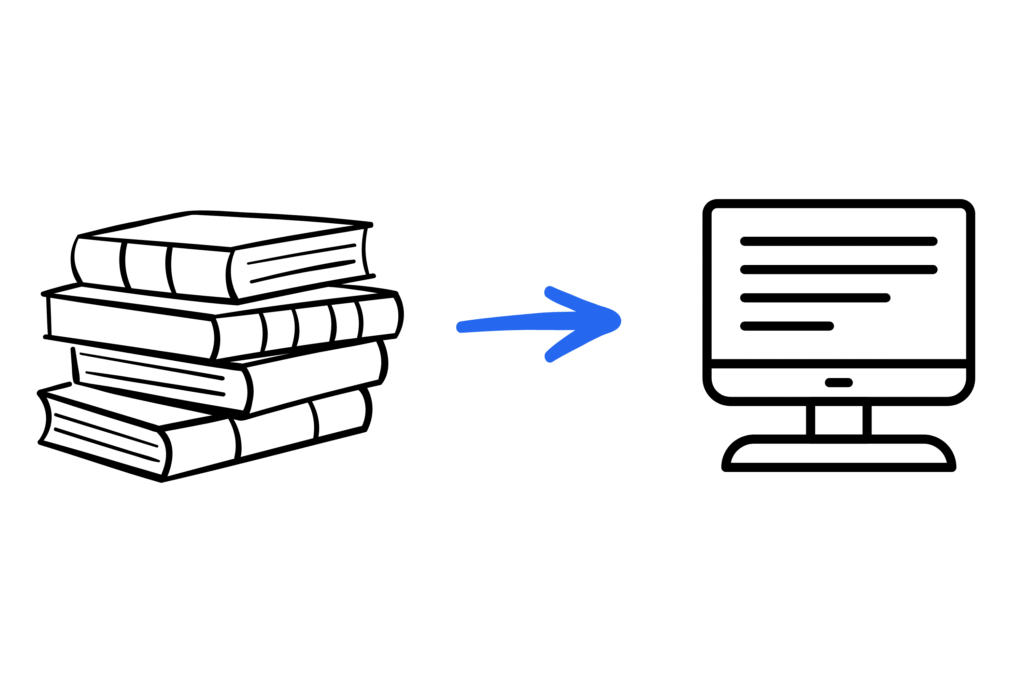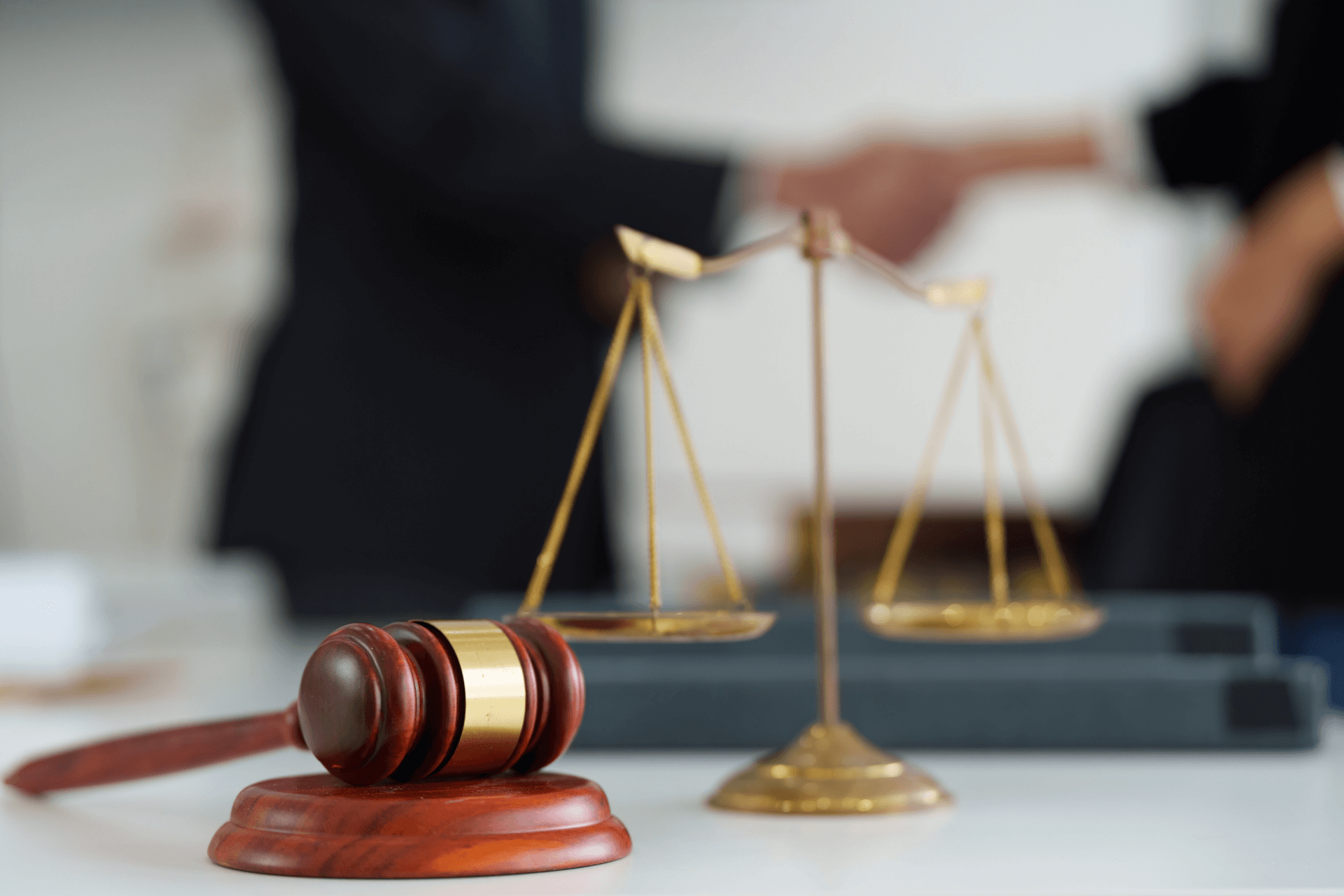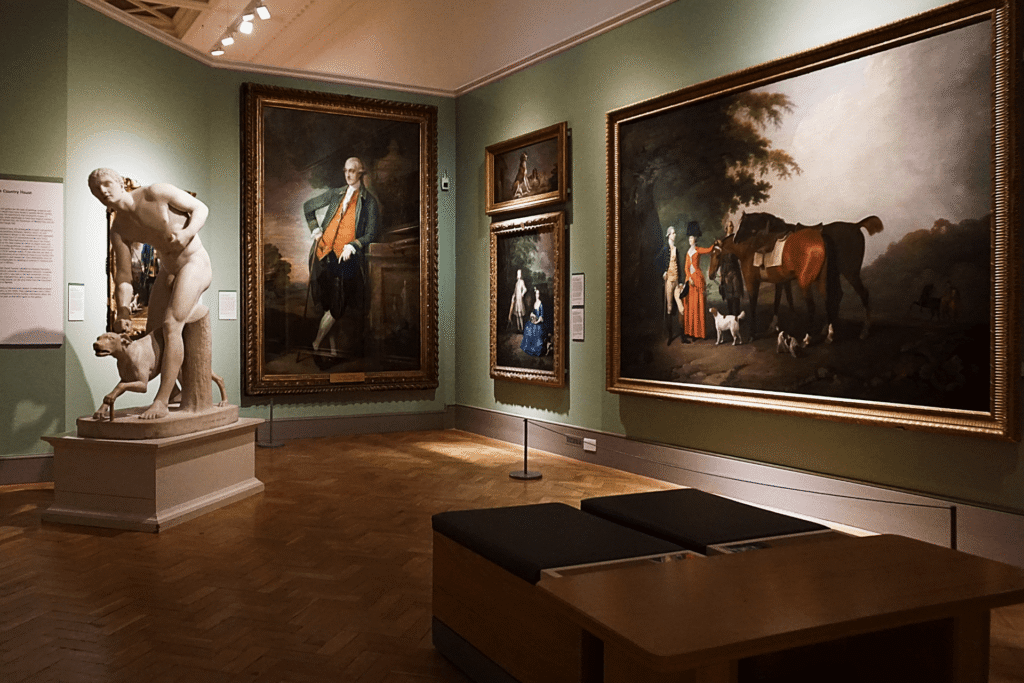Modern recording and management of museum collections – an investment in the future of culture
Mayeryn
02 December 2021 • 16 min
Digitization is one of the greatest challenges and, at the same time, greatest opportunities for the cultural sector in the 21st century. Today, when access to information is largely via the internet and audiences expect interactive and open institutions, traditional paper ledgers and unorganized spreadsheet files are becoming insufficient.

Museums – as guardians of national heritage – require modern tools that will not only protect and record their collections but also effectively promote them. A museum collections recording and management system is the answer to these needs.
Museums in the digital world – new challenges and responsibilities
Polish museums operate under a number of legal provisions: the Museum Act, the Copyright and Related Rights Act, and the Personal Data Protection Regulation (GDPR). These obligations are not merely formalities; they affect the museum’s daily operations, from maintaining inventory records to digitizing and making collections accessible.
The lack of a coherent system means that institutions struggle with:
- data dispersion,
- lack of uniform conservation documentation,
- risk of non-compliance with GDPR,
- limited contact with researchers and enthusiasts,
- as well as the problem of low visibility of collections in the digital space.

How does a modern museum system work?
The museum system that Mayeryn implemented at EC1 Łódź is an example of a comprehensive solution that combines administrative and educational needs.
- Comprehensive Collection Inventory
The software replaces traditional records: inventory, deposit, receipts, auxiliary, and missing items. Each object receives an individual card with full information about its provenance, author, material, technique, state of preservation, and insurance value.
- Conservation Process Management
Thanks to the built-in conservation module, the museum maintains electronic documentation of treatments, assigns recommendations, and monitors the history of interventions.
- Digitization and Online Presentation
The system enables the creation of full digital object cards, including photographs, audio, and video materials. The most valuable exhibits can be transferred to the Object Competence Center module and presented online – in accordance with WCAG 2.1 standards, also in English, opening Polish collections to the world.
- Research and Knowledge Dissemination
Thanks to integration with digital portals and an online query module, researchers from Poland and abroad can obtain information about collections without having to physically visit the museum. This saves time and provides an opportunity to promote the institution’s achievements.
- Collection Inventory and Control
Inventorying using barcode and QR code readers becomes a fast, transparent process, free from human error. The system generates reports on shortages, surpluses, and loaned items.
- Integration with Finance and Legal Documentation
The software integrates with accounting systems and supports the processing of purchase, deposit, and donation agreements. This is not only convenient but also ensures process transparency.

What are the benefits for the museum and society?
For the museum:
- Saving time and resources,
- organized documentation and error elimination,
- compliance with legal regulations,
- increased work efficiency of substantive departments.
For society:
- easier access to cultural heritage,
- the ability to use resources at home – from a computer or phone,
- institutions’ openness to people with disabilities thanks to digital accessibility,
- promotion of Polish collections internationally (e.g., through integration with Europeana).

What do museums lose without such a system?
Institutions that do not implement modern tools run the risk of:
- chaos in records and difficulties in retrieving complete data,
- time-consuming and costly inventories,
- risk of loss of trust from researchers, partners, and donors,
- limited contact with the public, which expects online accessibility.
The future of museums – digitization and openness
Our implementation at EC1 Łódź demonstrates that a museum can be not only an institution collecting collections, but also a center of knowledge and expertise open to audiences worldwide. It demonstrates that a system for recording and managing museum collections is not only an administrative tool but also a strategic investment in the future of culture.
Thanks to it, museums benefit from:
- greater transparency,
- a modern image,
- the ability to build relationships with audiences at home and abroad.
The digital transformation of museums is an unstoppable process. By implementing a collections inventory and management system, public institutions not only meet legal requirements but, above all, open themselves to a new era of accessibility and cultural promotion.
A museum that invests in such a system invests in its own future, that of its collections, and its audiences.
Would you also like to modernize your museum by implementing such a system? Contact us.


